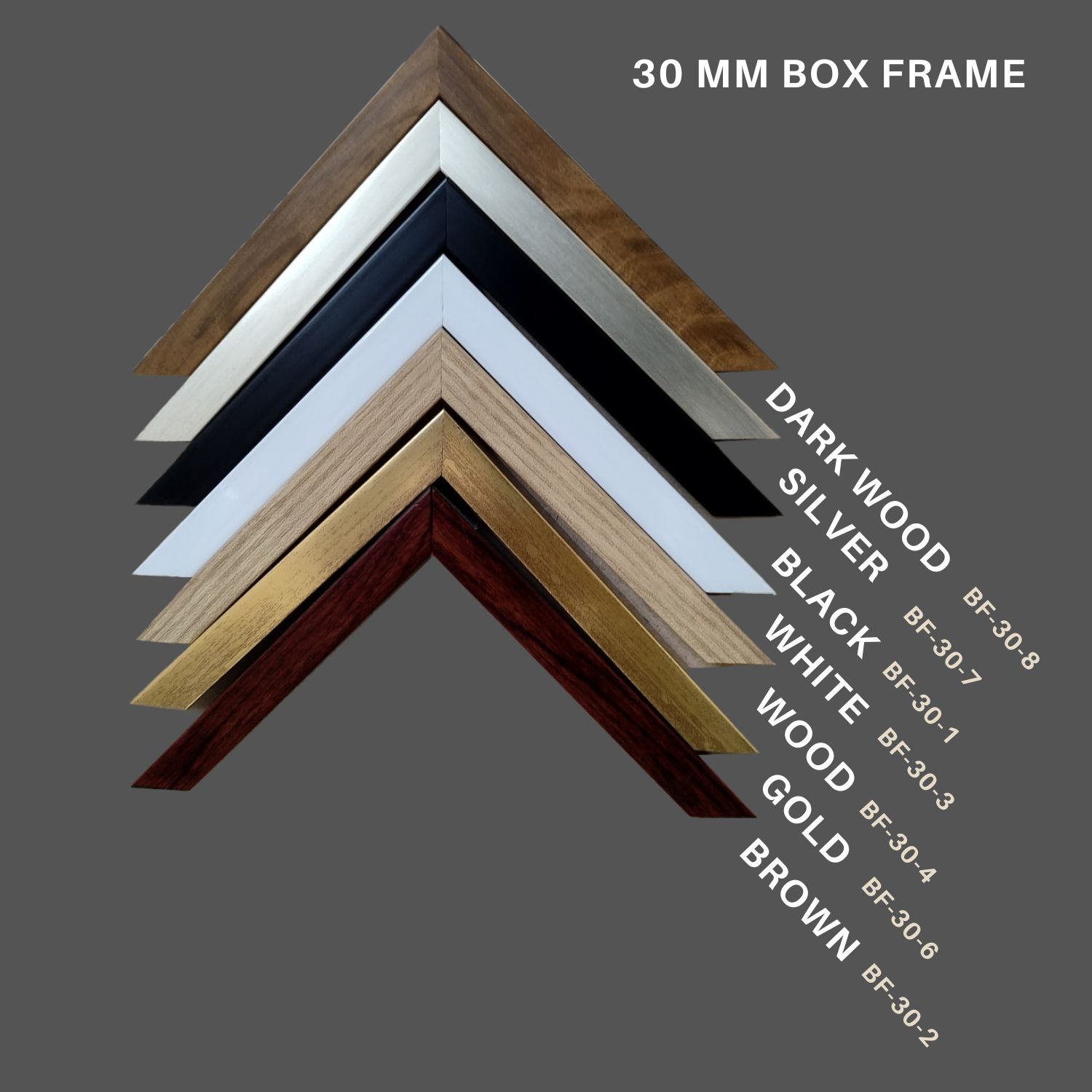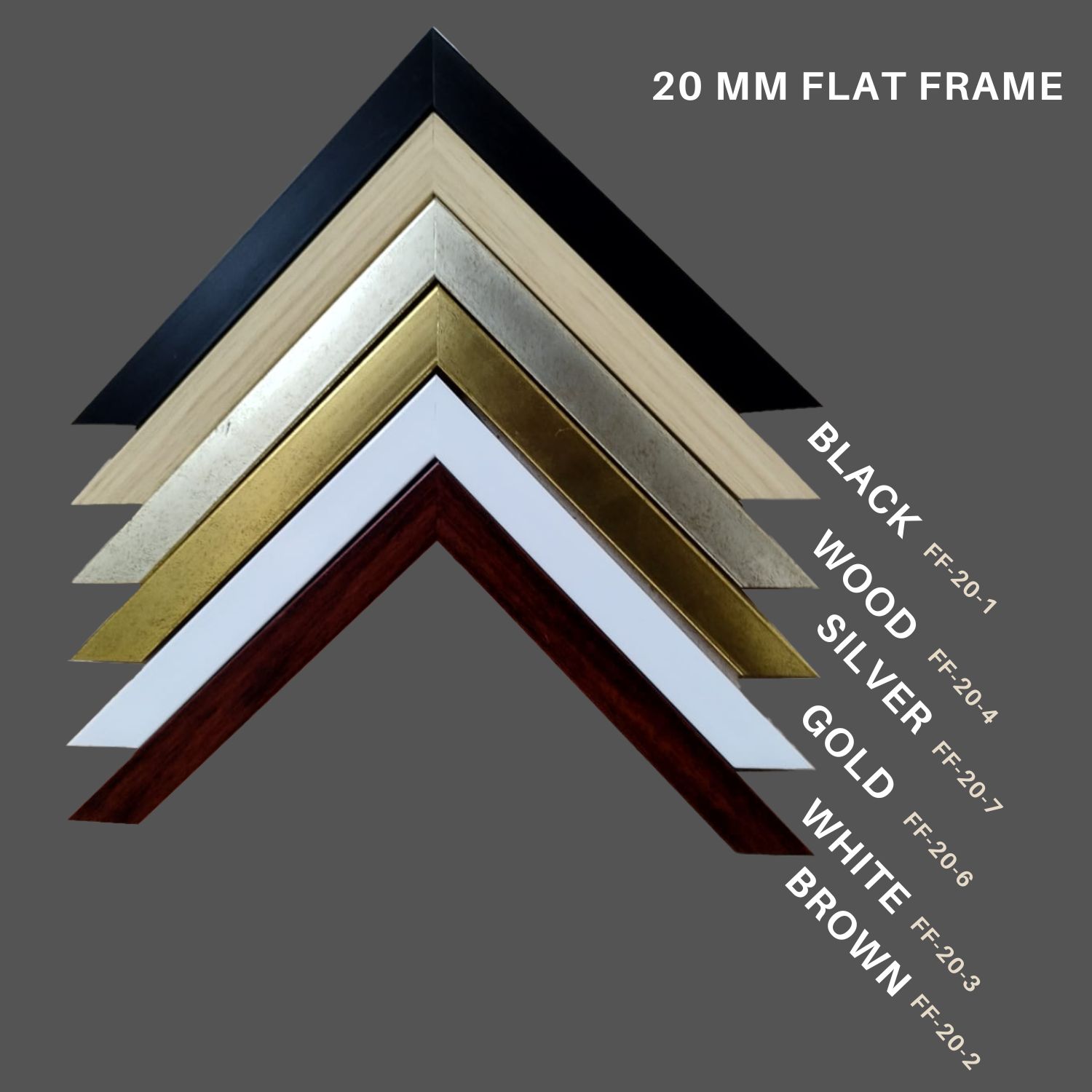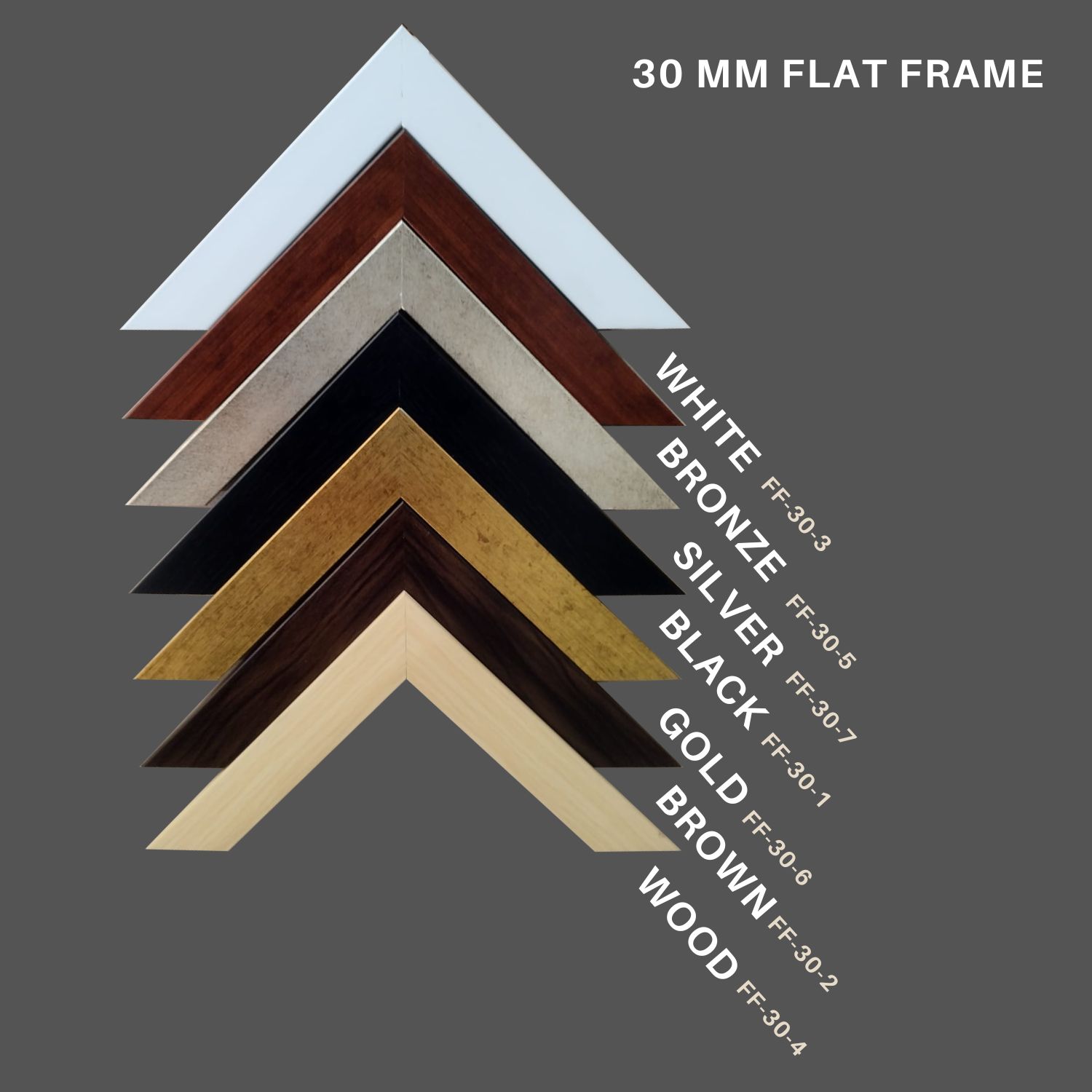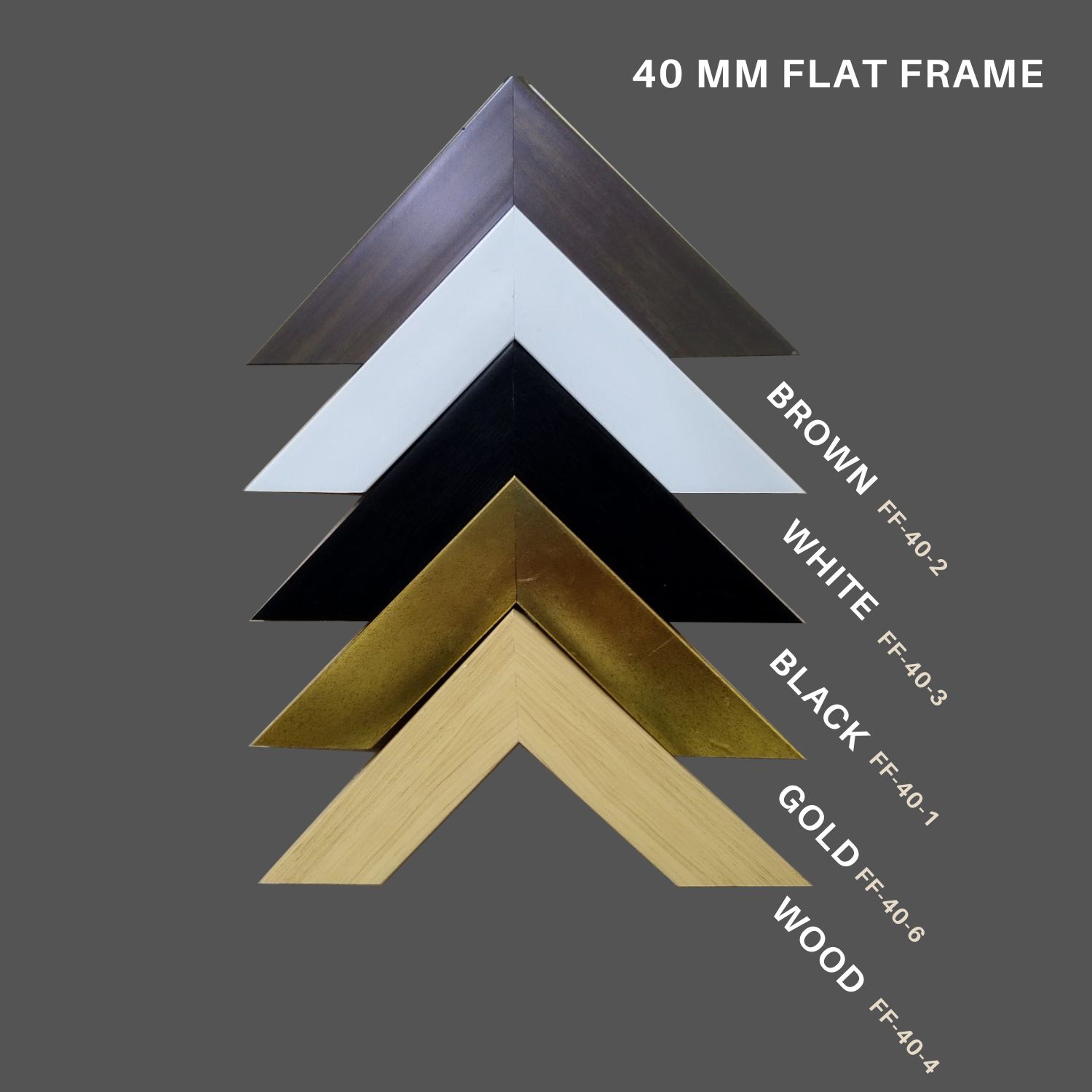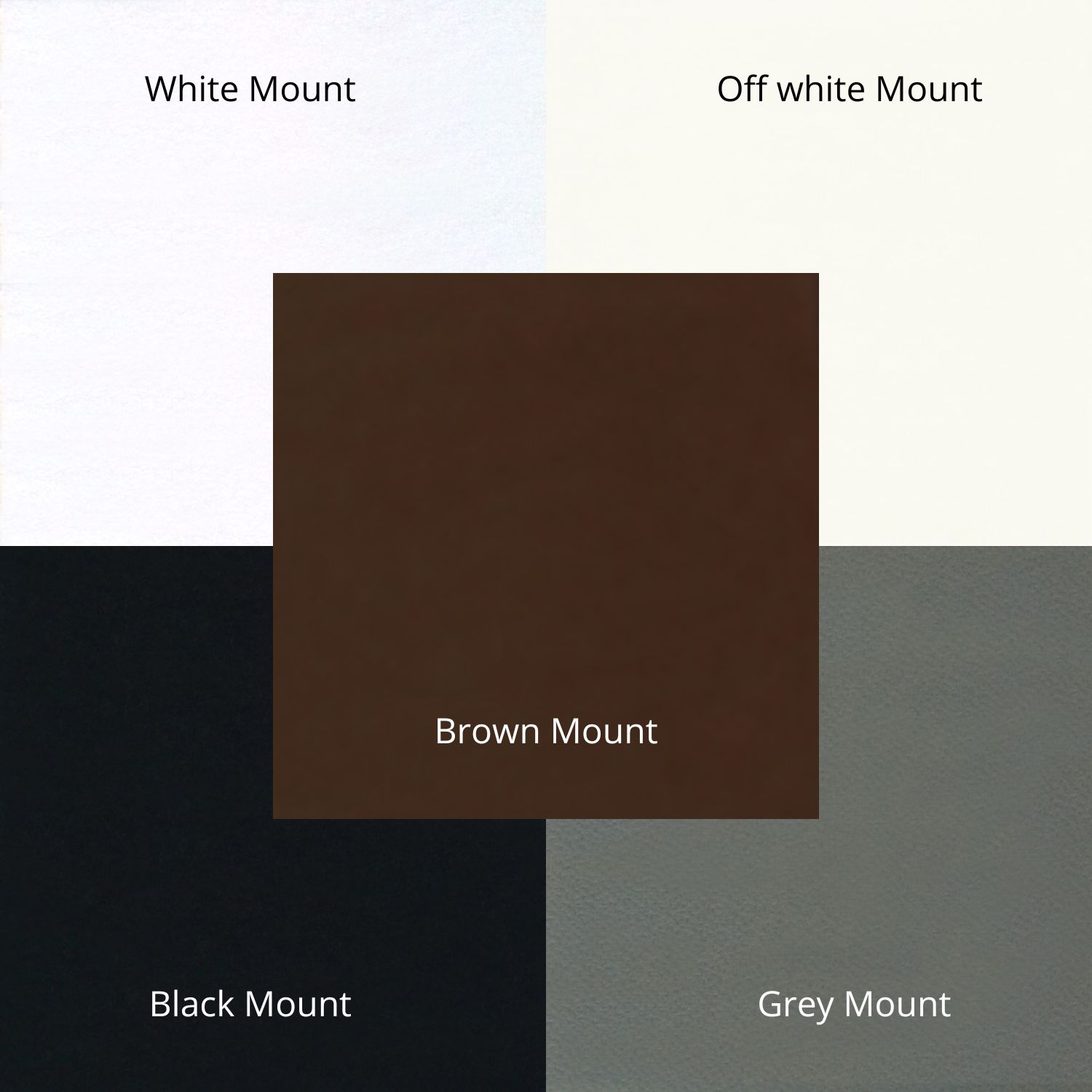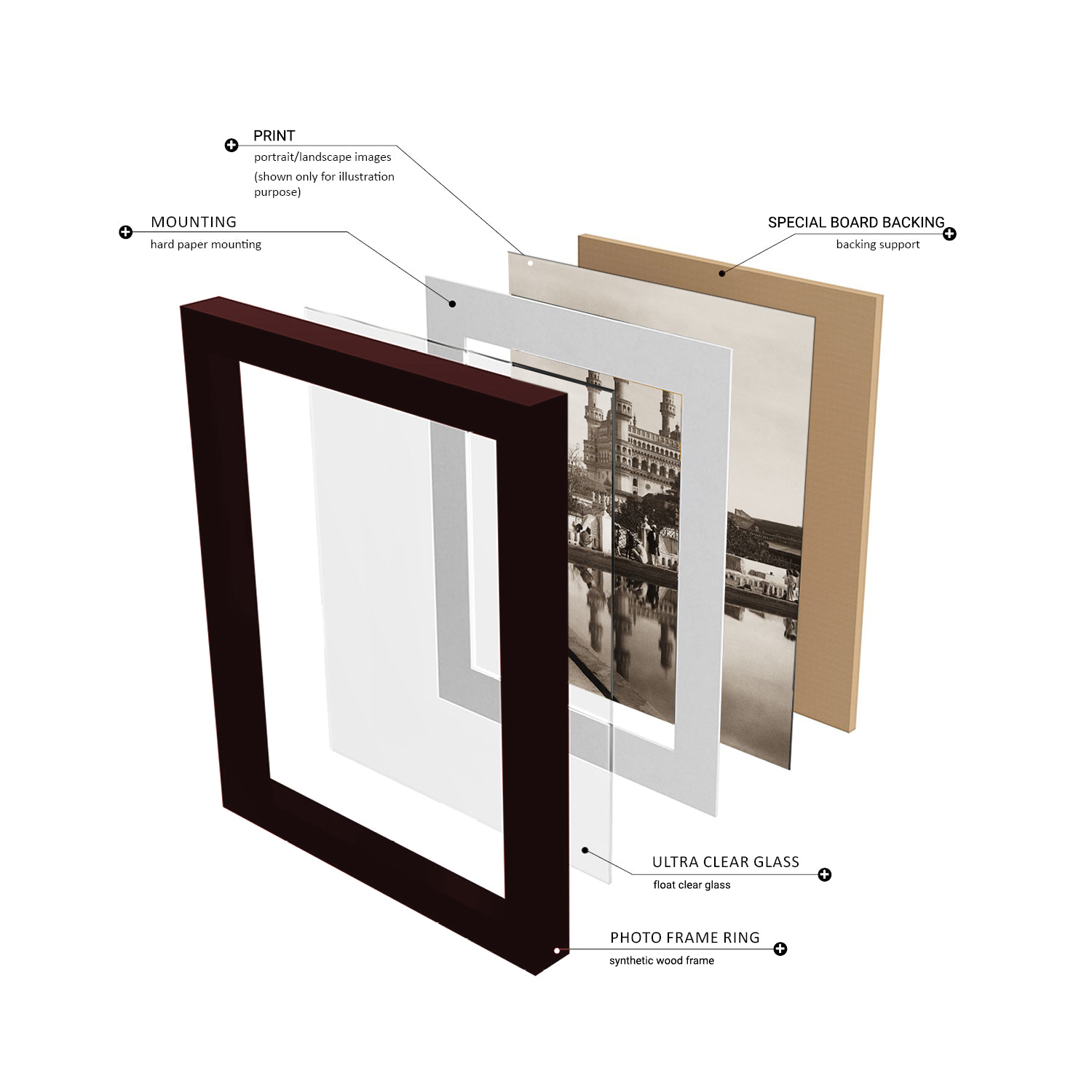DESCRIPTION
How do individuals who have renounced human attachments in their quest for
transcendence express grief when confronted with loss? Sabavala dwells on the emotional
complexity of such a moment in ?The Sorrowing Men?, a drama of feeling that is signified
by gesture rather than manifest expression. The painting is dominated by three tonsured
men wearing the anchorite?s austere robes: in their unspoken mourning, the freight of
anguish collides with long-practised disciplines of restraint. The men attend a verdant
shrub: is this an ancestral tumulus, marking diaspora or massacre? Who, or what, lies
buried there? The background suggests a cave monastery, and the painting?s elegiac
browns and ivory greys are offset by the living green of the shrubbery. This palette
indicates an affinity with that of Zurbaran; and Sabavala?s elongated monastic figures,
which rhyme with the cypresses or stalagmites rising from the earth, render homage
both to the mystical El Greco and to the Buddhist visionaries of paradise who
painted Dunhuang.
Dispatch within:
48 hours
Artist Name
Jehangir Sabavala
Width
610 mm - 24 inches
Width Range
Less than 610 mm - 24 inches,610 mm - 24 inches to 1220 mm - 48 inches
Height
787 mm - 31 inches
Height Range
610 mm - 24 inches to 1220 mm - 48 inches
Medium
Serigraph
Edition
Edition Size 125
About the Artist
Jehangir Ardeshir Sabavala (1922 - 2011) was born to an affluent Parsi family in Bombay (now Mumbai). His mother belonged to the aristocratic Cowasjee Jehangir family. He earned a diploma from Mumbai's Sir J. J. School of Art in 1944.
Thereafter he went to Europe and studied at the Heatherley School of Fine Art, London, Academie Andre Lhote, Paris Academie Julian (1953?54), and finally at the Academie de la Grande Chaumiere in 1957.
Since 1951, he has held 31 major solo exhibitions across the subcontinent, and in Europe. He has participated in more than 150 group exhibitions all over the world. His work is in several important private and public collections, such as the National Gallery of Modern Art, New Delhi, Birla Academy of Fine Arts, Calcutta, Parliament House, New Delhi, The Punjab Government Museum, Chandigarh, Air India Mumbai, Tata Institute of Fundamental Research, Mumbai, The National gallery of South Australia, Adelaide.
About the Art form
A Serigraph is a rendition of an original artwork created by the silk-screen printing process.
In the past, the silk-screen printing process used a stencil to create the print of an image or a design. Stencils were used for centuries in the Orient to make fine art prints as well as craft items, fabrics, robes, scriptures and various decorative goods. In Europe, the stencilling technique was adopted by craftsmen for mostly utilitarian purposes. Stencils were also used to add colour to playing cards and religious pictures printed with wood blocks.
By 17th century, the technique was being used to print ornate wallpapers. And by late 18th century, stencil printing had made its way to the New World but it was not until the early 20th century that screen printing was started to be used as an artistic medium.
The creation of a serigraph is a very labour-intensive hands-on artistic procedure that requires many weeks to be completed. Before the printing process is started, the artist who created the original image is consulted. Sometimes the artists like to make changes when printing the edition - treating the print as an original rather than a reproduction of an already existing image. At times, even a few changes in the image or the emphasizing of certain colours or design elements can create a dynamic new image.
Year
2009

